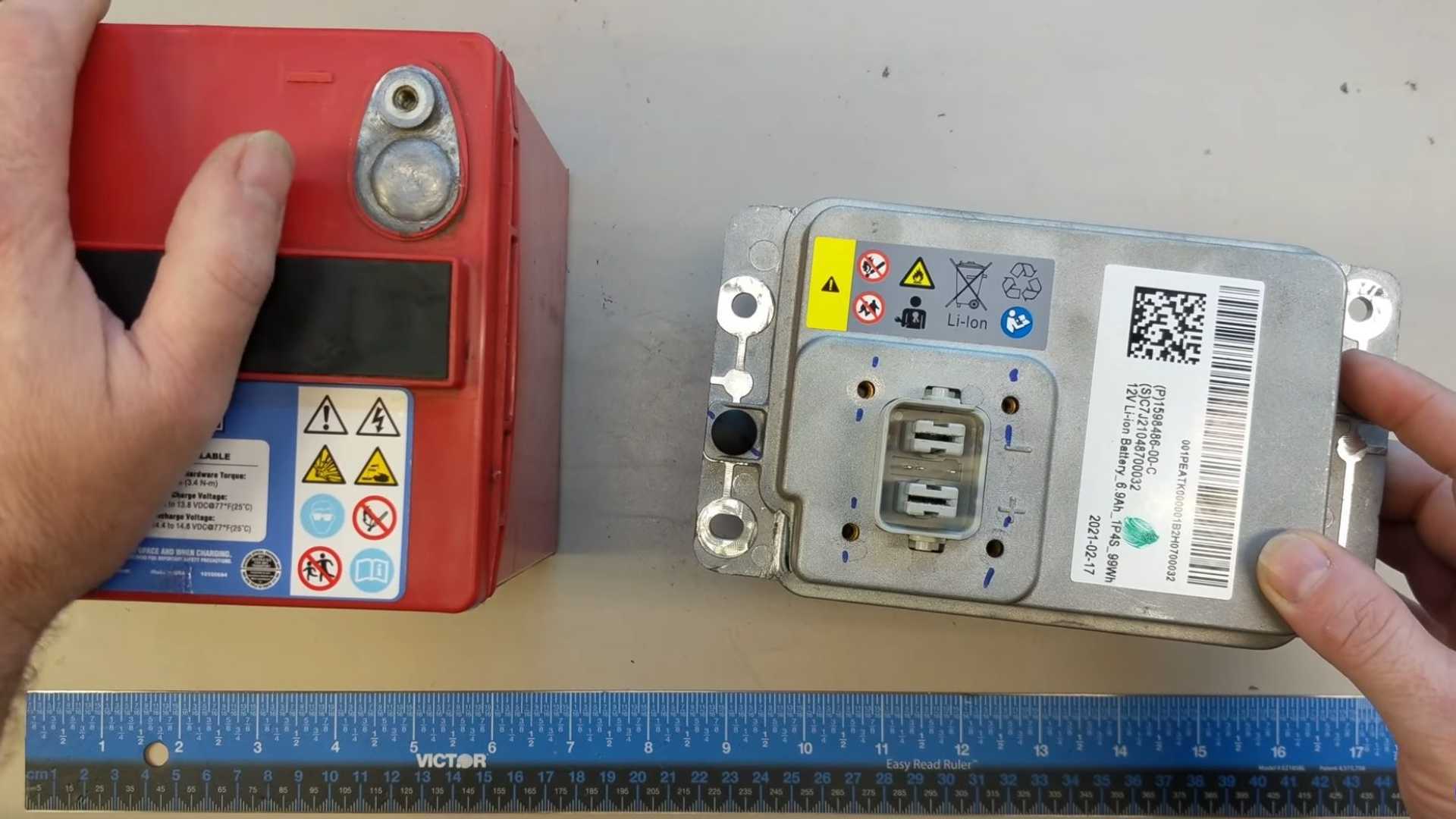- Joined
- Mar 28, 2018
- Messages
- 1,899 (0.72/day)
- Location
- Arizona
| System Name | Space Heater MKIV |
|---|---|
| Processor | AMD Ryzen 7 5800X |
| Motherboard | ASRock B550 Taichi |
| Cooling | Noctua NH-U14S, 3x Noctua NF-A14s |
| Memory | 2x32GB Teamgroup T-Force Vulcan Z DDR4-3600 C18 1.35V |
| Video Card(s) | PowerColor RX 6800 XT Red Devil (2150MHz, 240W PL) |
| Storage | 2TB WD SN850X, 4x1TB Crucial MX500 (striped array), LG WH16NS40 BD-RE |
| Display(s) | Dell S3422DWG (34" 3440x1440 144Hz) |
| Case | Fractal Define R5 |
| Audio Device(s) | Edifier R1700BT, Samson SR850 |
| Power Supply | Corsair RM850x, CyberPower CST135XLU |
| Mouse | Logitech MX Master 3 |
| Keyboard | Glorious GMMK 2 96% |
| Software | Windows 10 LTSC 2021, Linux Mint |
I have two identical (1300VA) UPSes for my main PC and my home server. Our wireless networking setup is also on a 450VA UPS.
During the last extended power outage we had, we were able to still use the internet for about 45 minutes if I remember. My server was also able to shut down properly rather than just having the power cut (which can potentially cause all sorts of issues).
I would love to experiment with a whole-house battery backup based on deep-cycle marine batteries or the like. We already have solar, so I'm sure we could do some neat stuff with that.
During the last extended power outage we had, we were able to still use the internet for about 45 minutes if I remember. My server was also able to shut down properly rather than just having the power cut (which can potentially cause all sorts of issues).
I would love to experiment with a whole-house battery backup based on deep-cycle marine batteries or the like. We already have solar, so I'm sure we could do some neat stuff with that.








 It does have pass-through for RJ11 and RJ45.
It does have pass-through for RJ11 and RJ45.